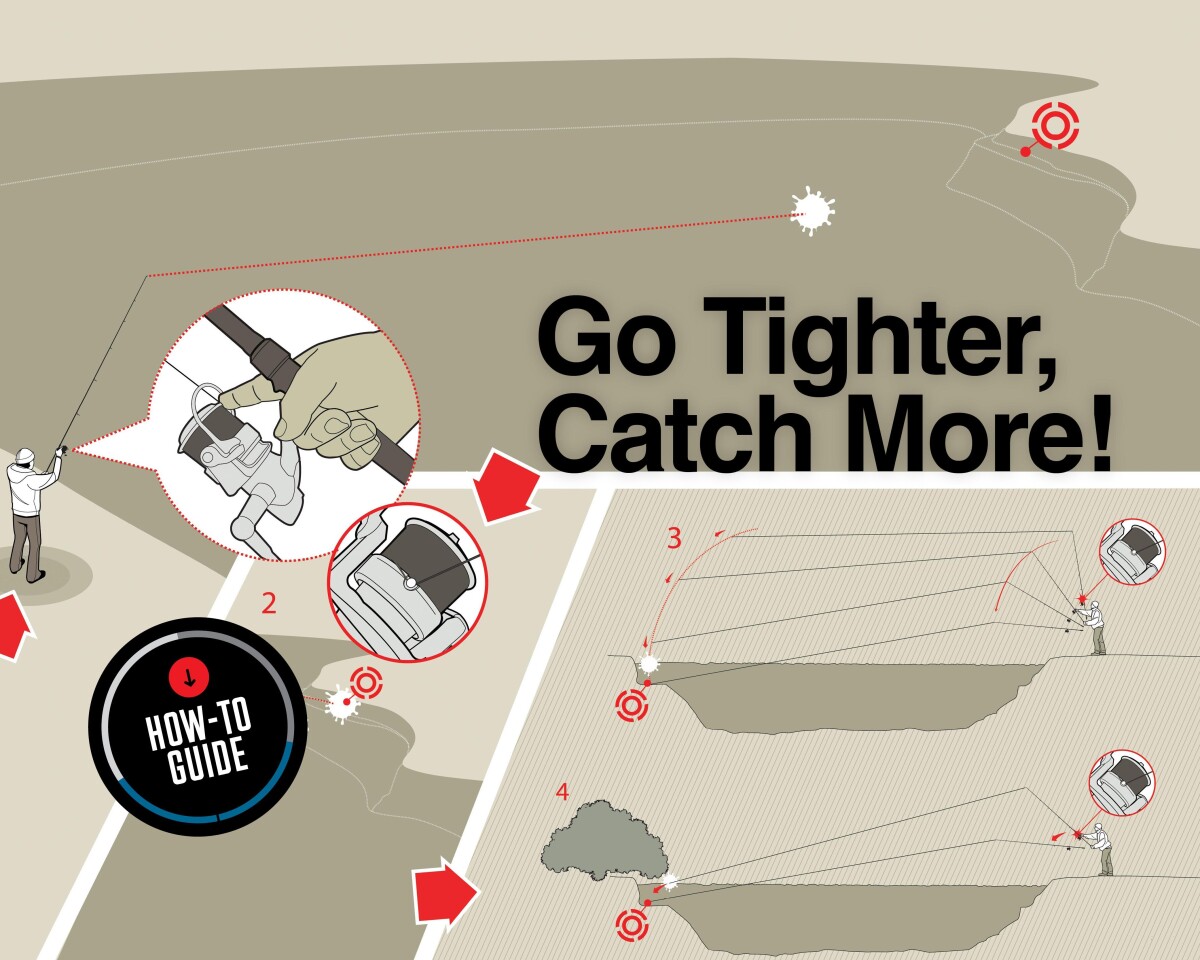
How To Cast Tighter To an Island or Far Margin
A few feet can make all the difference between an immediate bite and hours of nothing
Trying to position your rig tight to an overhanging tree, island reedbed or lily bed can be tricky—and comes with a high risk of tackle loss if you overcast. But the rewards are there to be had. Even experienced anglers will struggle to land a rig inches from the target area on the first cast, but what’s detailed below is a tried-and-tested method to use when faced with that situation. Here’s how you can do it...
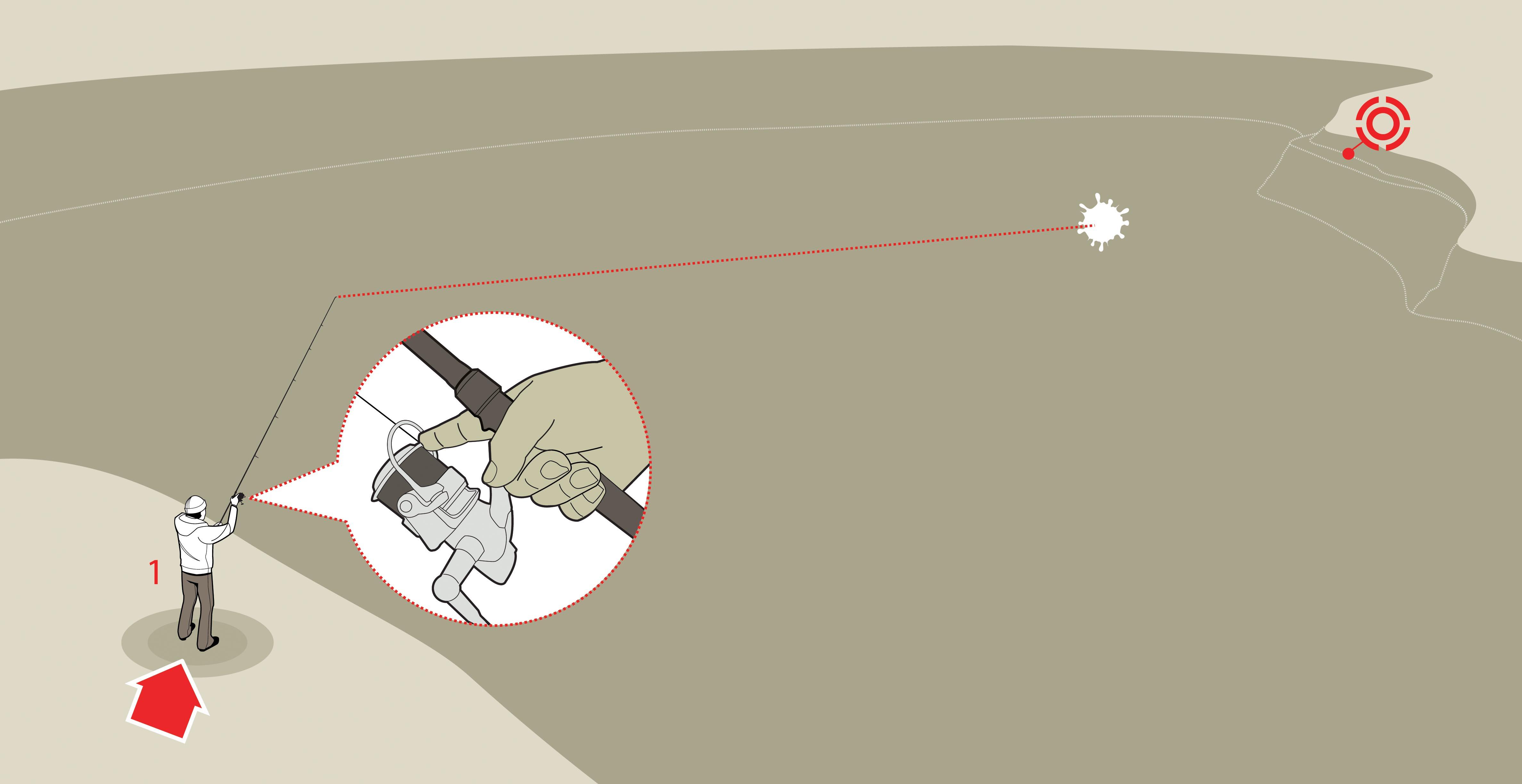
1. Before making the first cast, there are two things to get right. First, stand in the same place each time you cast—mark the front of your stance with a bankstick, stick or stone. Second, ensure the trajectory of the cast remains consistent each time (more on that shortly).
2. Make the initial cast (Stage 1), deliberately dropping short of the target. As the lead approaches the target area, slow it down with your finger (see here for how to do that). Just before the lead hits the water, stop the line completely with your finger.
3. With the line still trapped under your finger, estimate how far short of the target area the lead landed—say, for example, 5 yards.
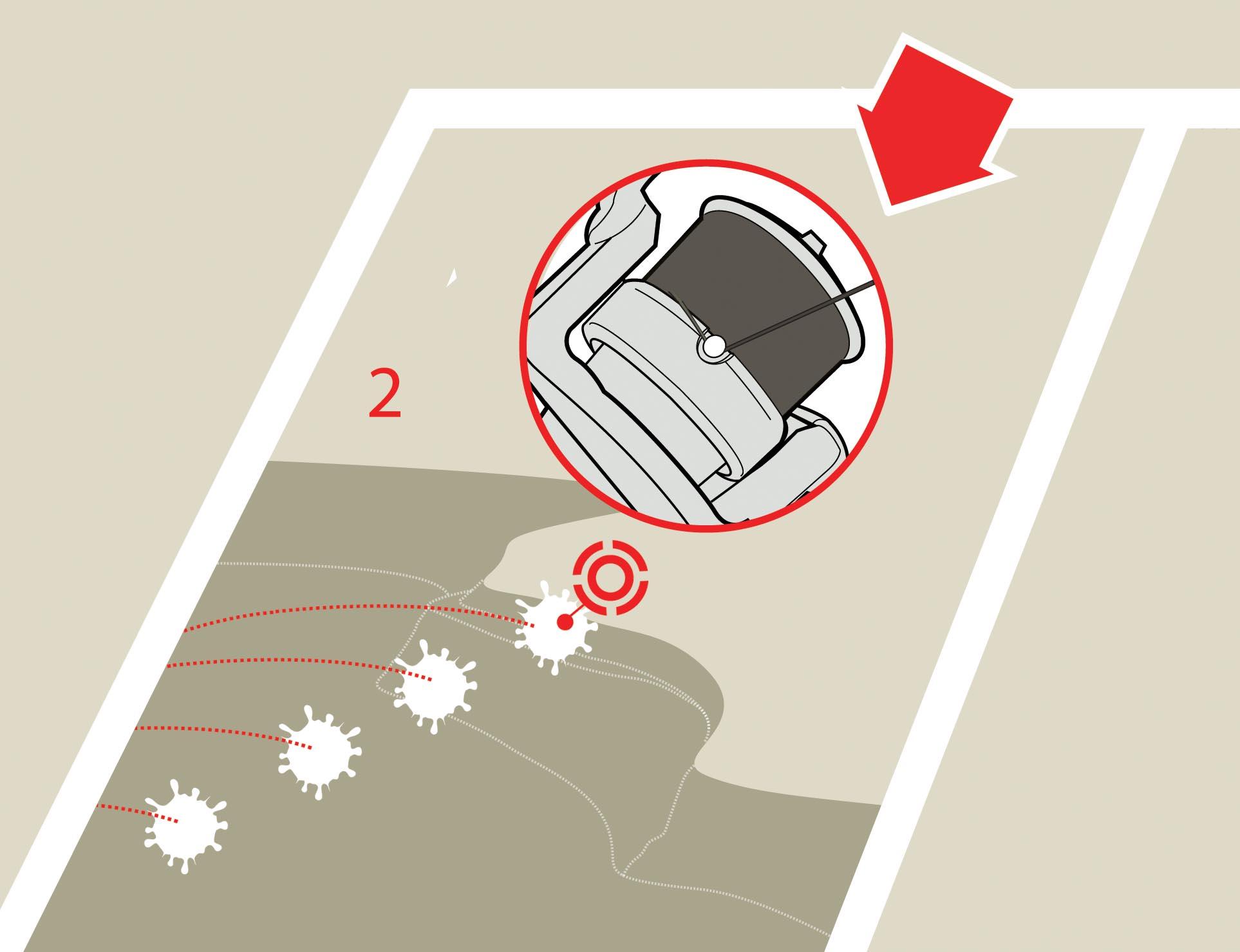
4. Pull off slightly less than that distance—e.g. just under 4 yards of line—and clip the main line under the line clip on the reel (Stage 2), then retrieve the rig.
5. Cast again from the same position and observe where the lead lands. If it lands 5ft short, unclip the line, pull off another 3ft, and re-clip.
6. By being cautious and gradually lengthening the distance the lead can travel before hitting the line clip (Stage 2), it’s possible to inch closer each time until the rig lands perfectly tight to the island or far margin.
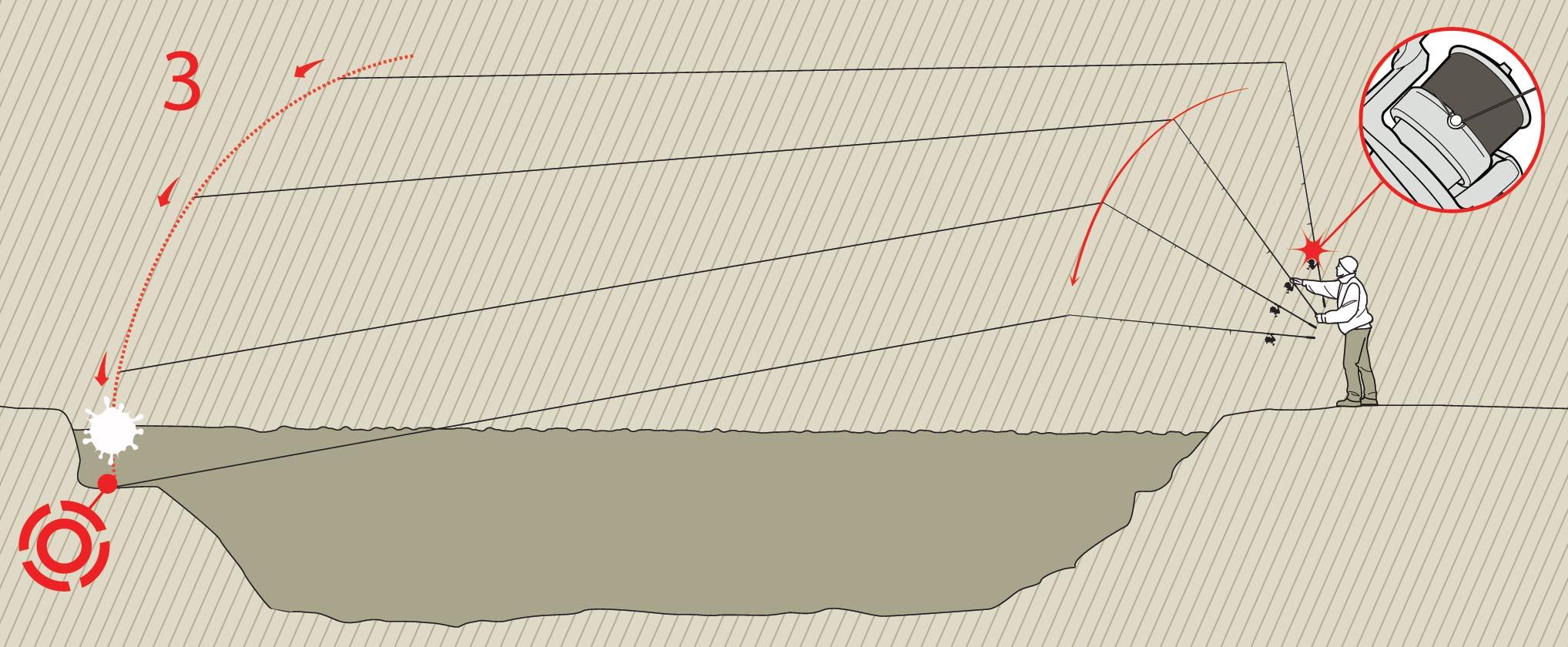
7. Even small changes in casting trajectory can cause the rig to land short—or worse, in the trees—even when clipped up. There are two styles of cast to use here (Stage 3): the Lob Cast (high and smooth) or the Punch Cast (low and hard). If trees aren’t heavily overhanging, a lob cast is ideal. Cast, hold the rod at 11 o’clock, and as the lead nears the target, slow the line with your finger. When the clip stops the line, it will naturally pull the rod tip forward and keep you in contact as the lead drops through the water.
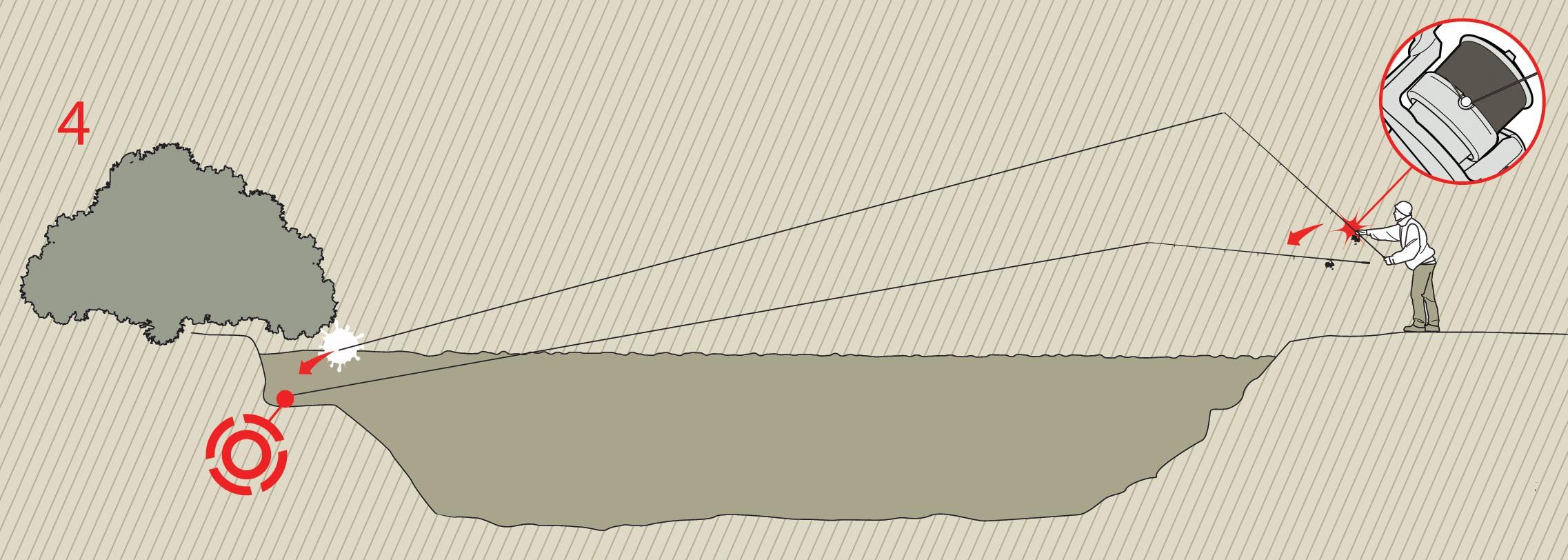
8. When casting under overhanging trees (Stage 4), use a punchier cast with a lower trajectory by casting harder and releasing the line later. For example, if the target is 50 yards away, cast as though aiming for 60. Another useful tip: push the rod forward as the line hits the clip to allow the lead to carry forward a little. This helps the rig and hookbait land extra tight to the island or far margin.
